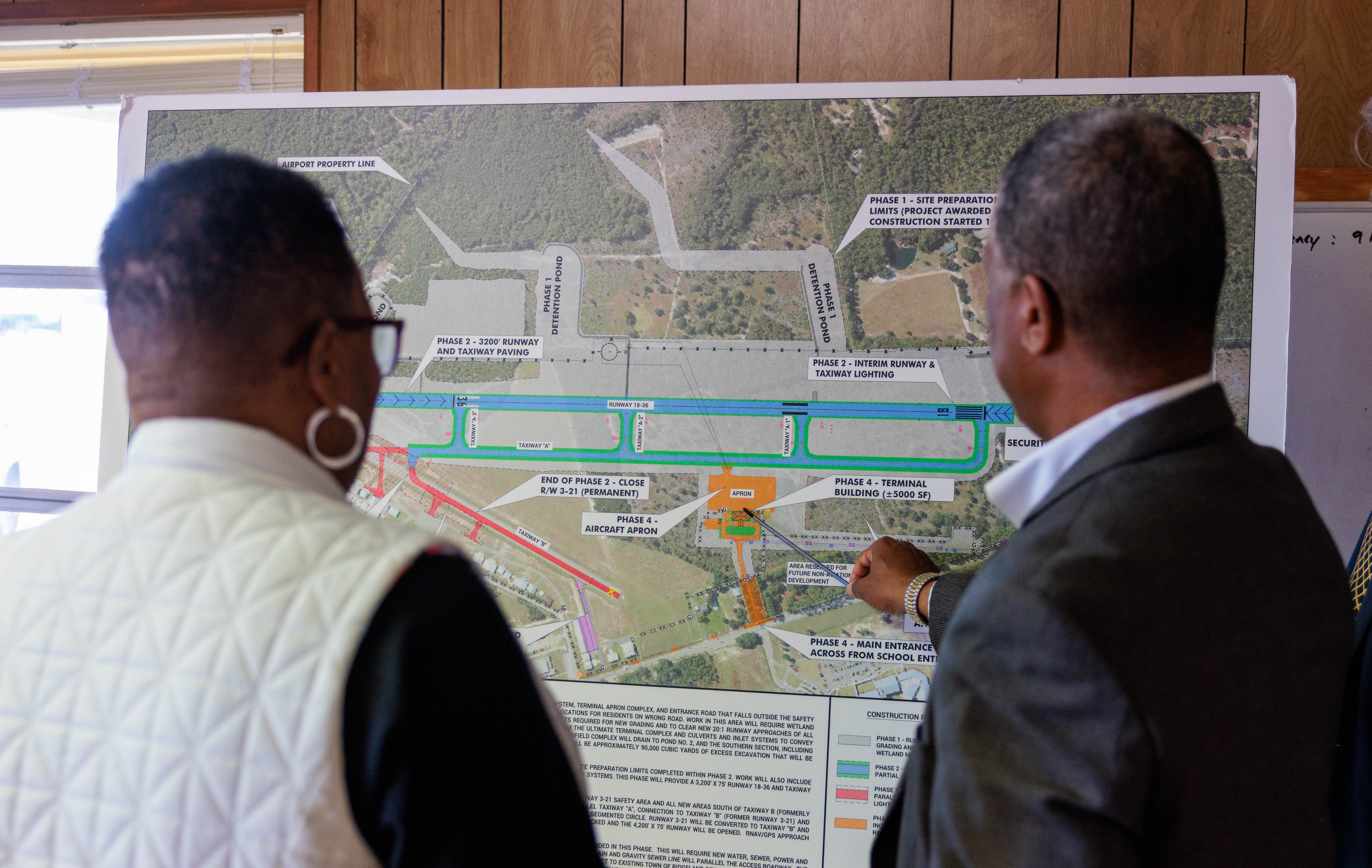
Jasper County,
AUGUST 2022
Erasing stigmas through community-directed change
Jasper County is one of those rural communities that policymakers often view through a deficit lens.
With a population of roughly 30,000, Jasper County is nestled deep among the sleepy Spanish moss of South Carolina’s Low Country region. The county has long been mired in inexorable economic deprivation and persistently high poverty levels that seemed impervious to change— almost forgotten or perhaps forsaken. But a closer look at Jasper reveals a story of resilience and transformation rooted in both structural forces and bold leadership choices. This closer look reveals a community brimming with assets—physical assets, such as a port and an airport, and social assets including a successful jobs training center—which can drive economic growth.
In this case study, we outline how in recent years, Jasper County has emerged as a model of rural development. Jasper’s leaders and involved citizens have dared to tell a better story about their community, and policymakers should follow that lead in seeking to tell a better story too. In that spirit, to gain a fuller understanding of Jasper’s path toward development, we conducted research using a mixed-methods approach that combined analysis of administrative data and detailed interviews with key stakeholders in Jasper including elected officials, workers, and students. Together, this approach illuminated the political cooperation, forward vision, and key investment that have enabled Jasper to leverage its assets toward meaningful, broad-based economic development.
Jasper County, South Carolina stats
29,5581
Total population
25.1%
Population change (2010-2020)
$42,9242
Median household income
18.4%3
Poverty rate
2,2644
Nonemployer businesses

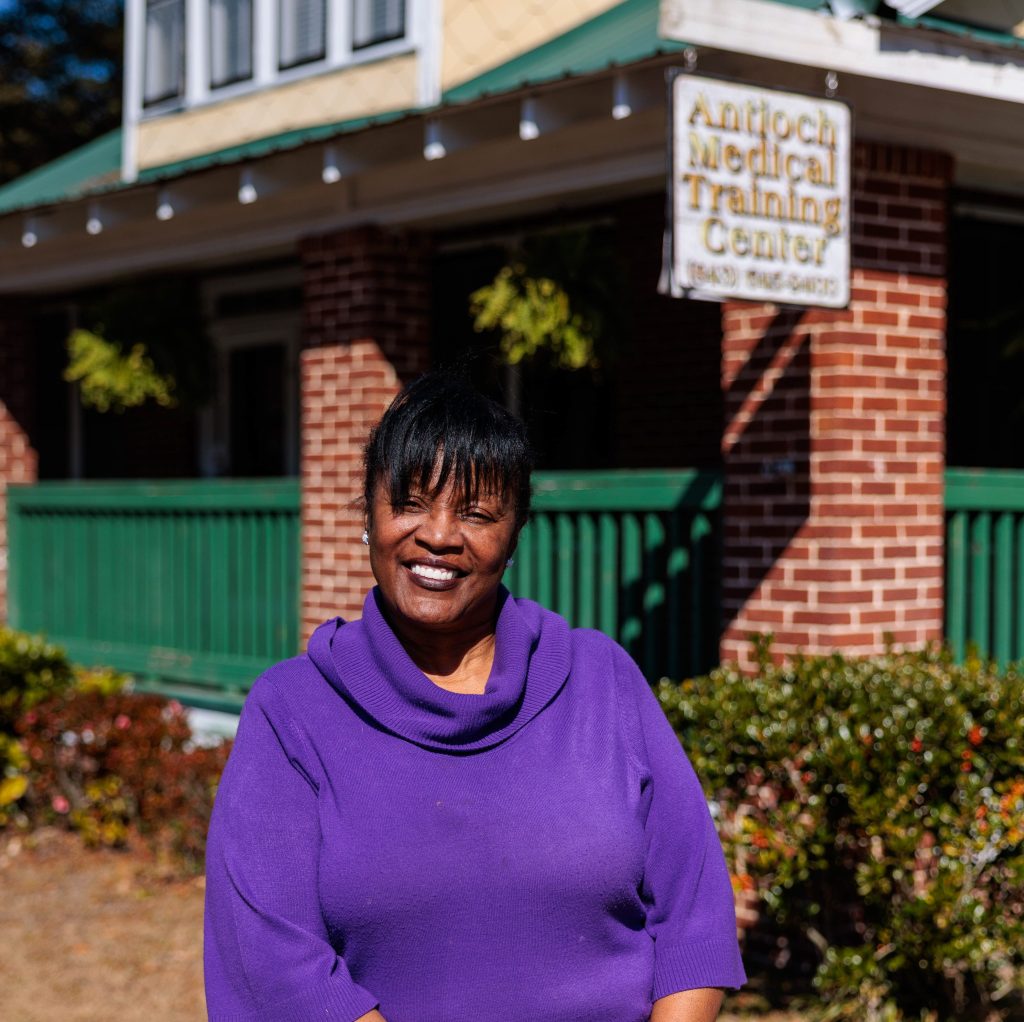
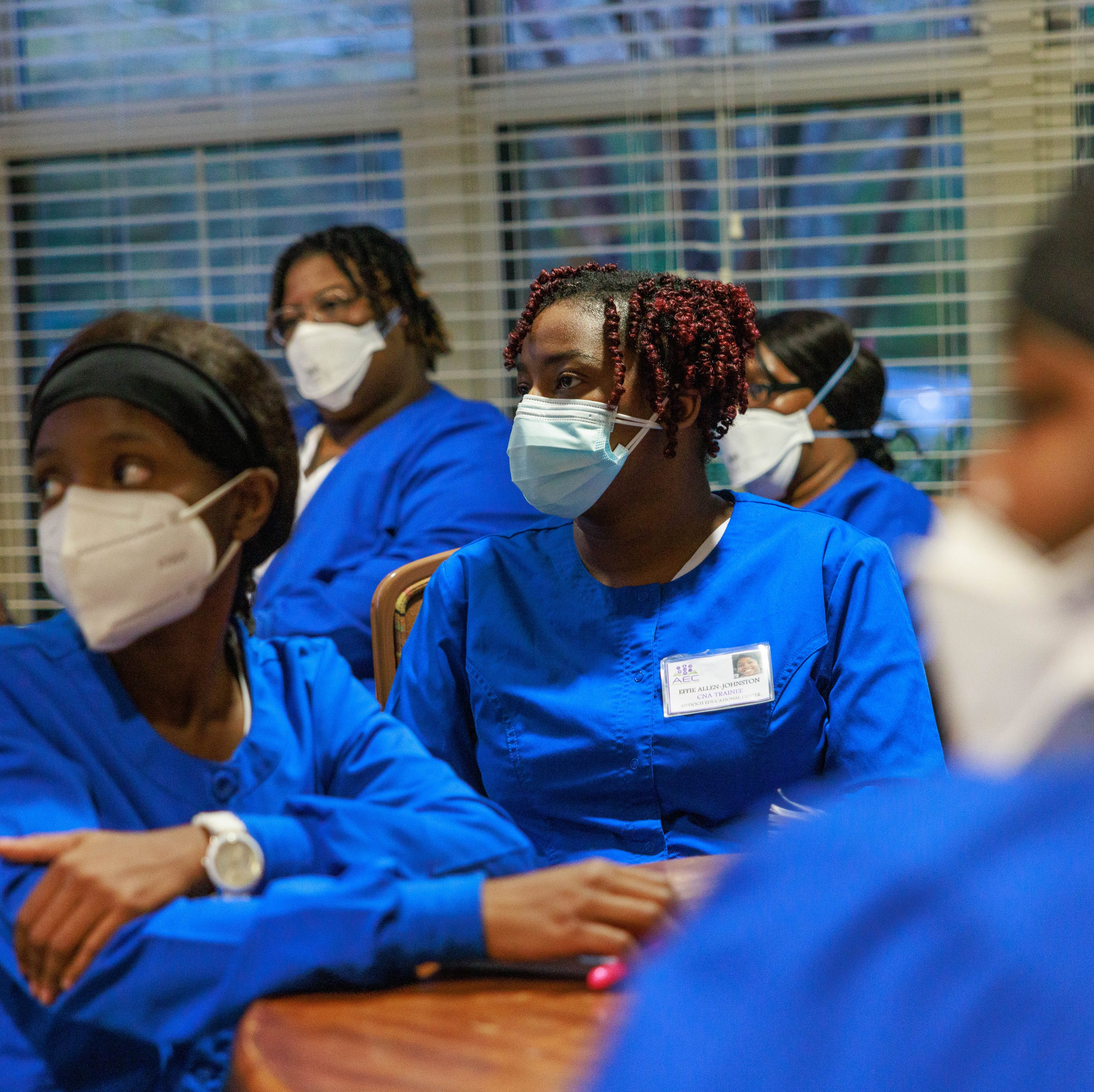
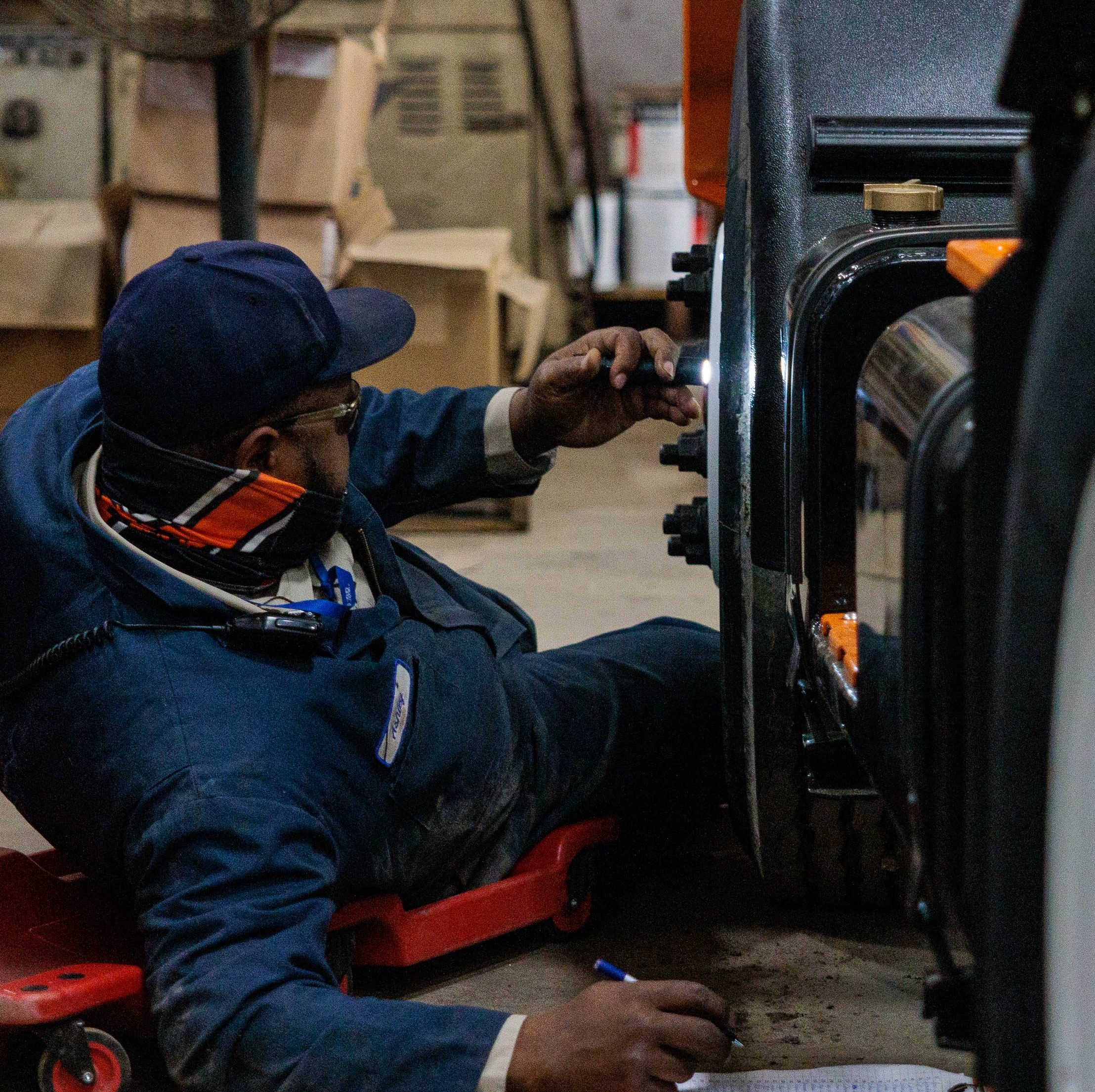
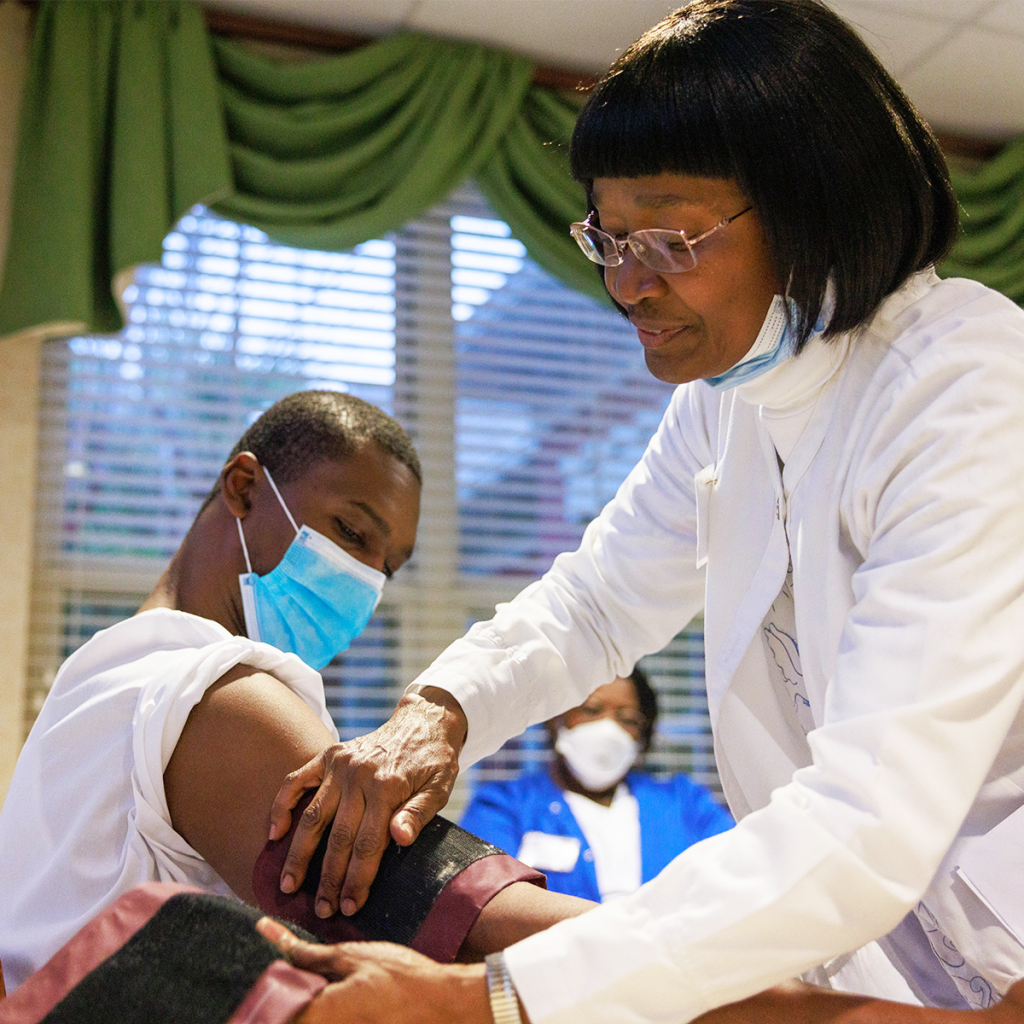
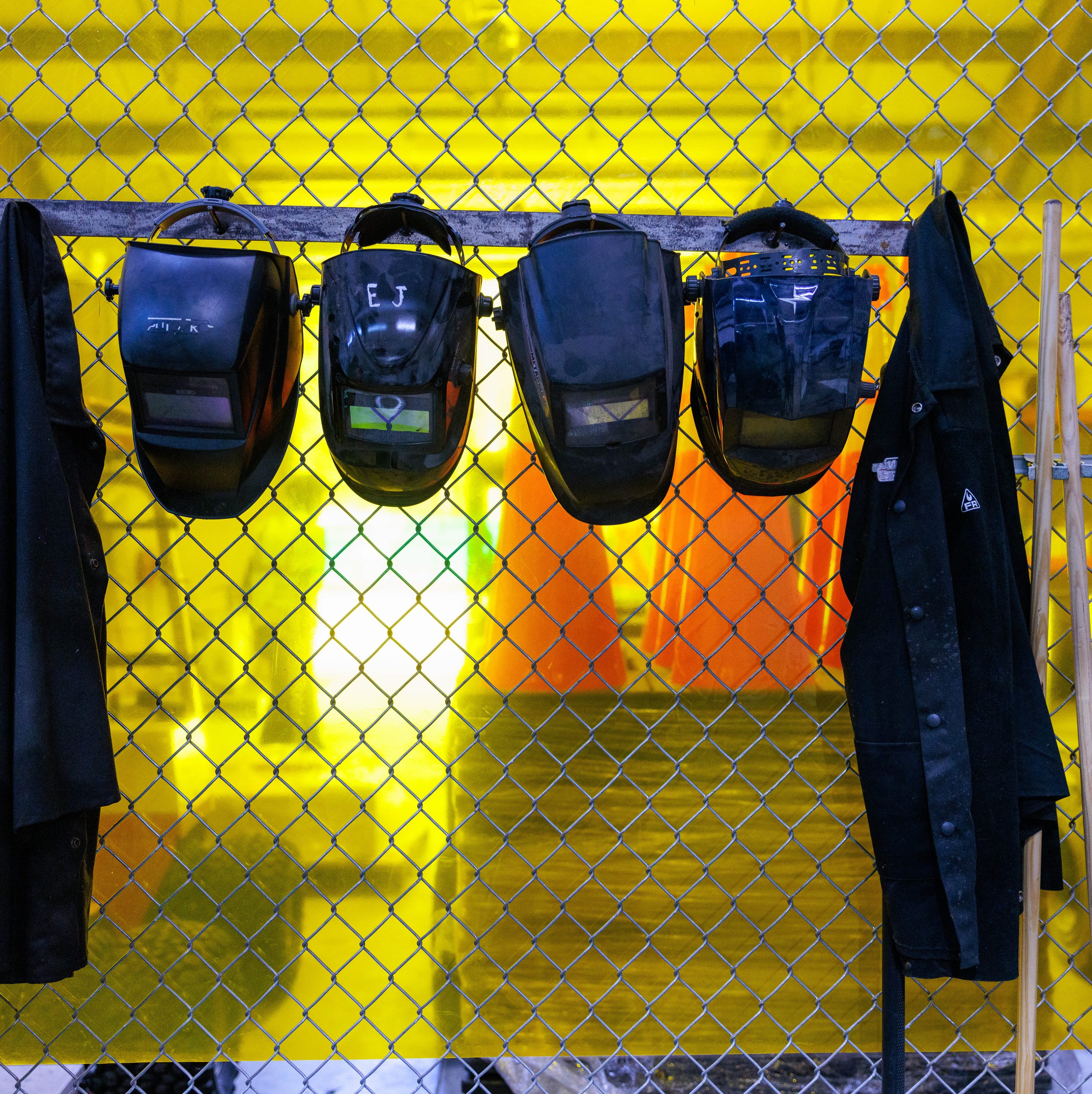
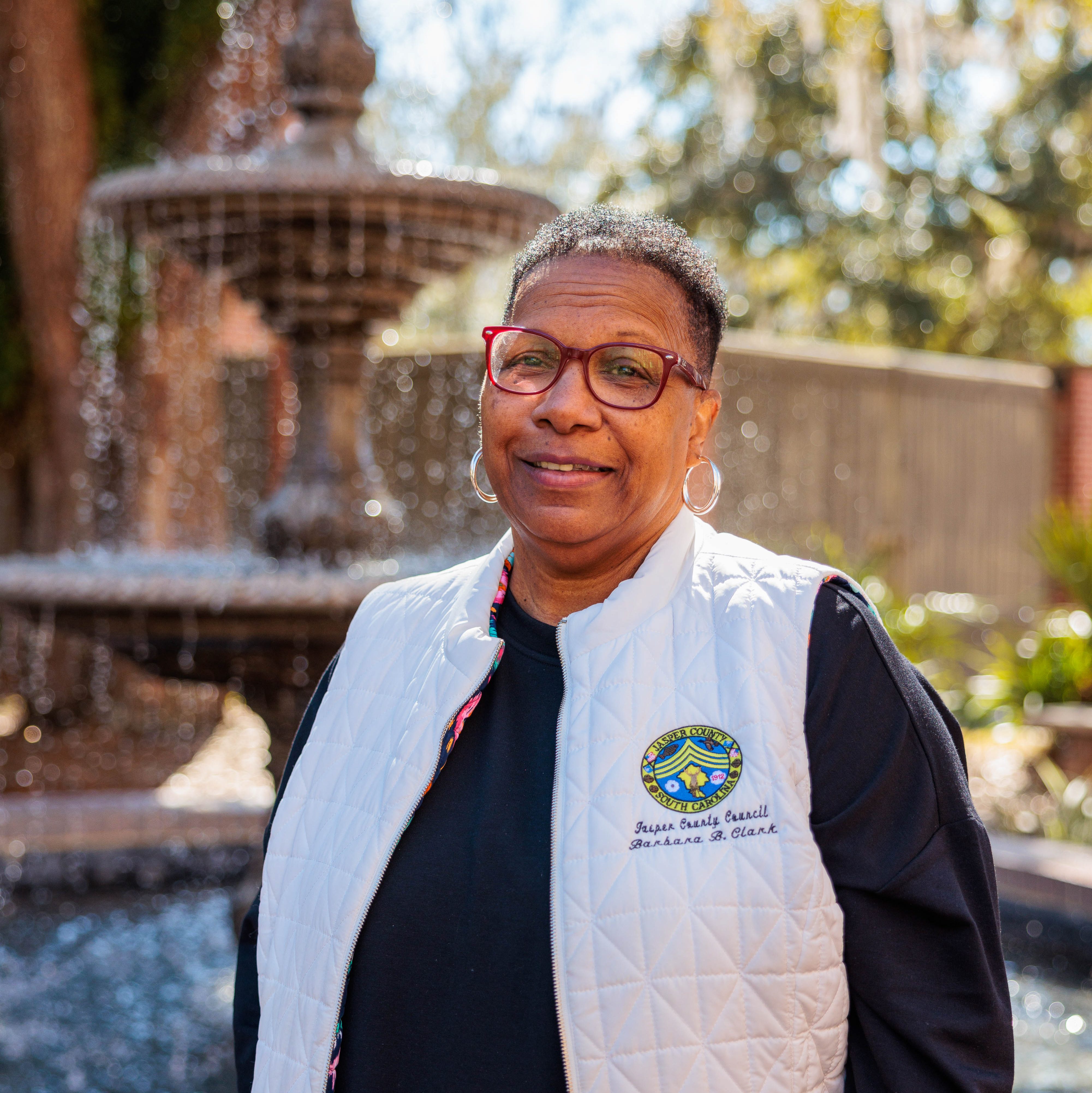
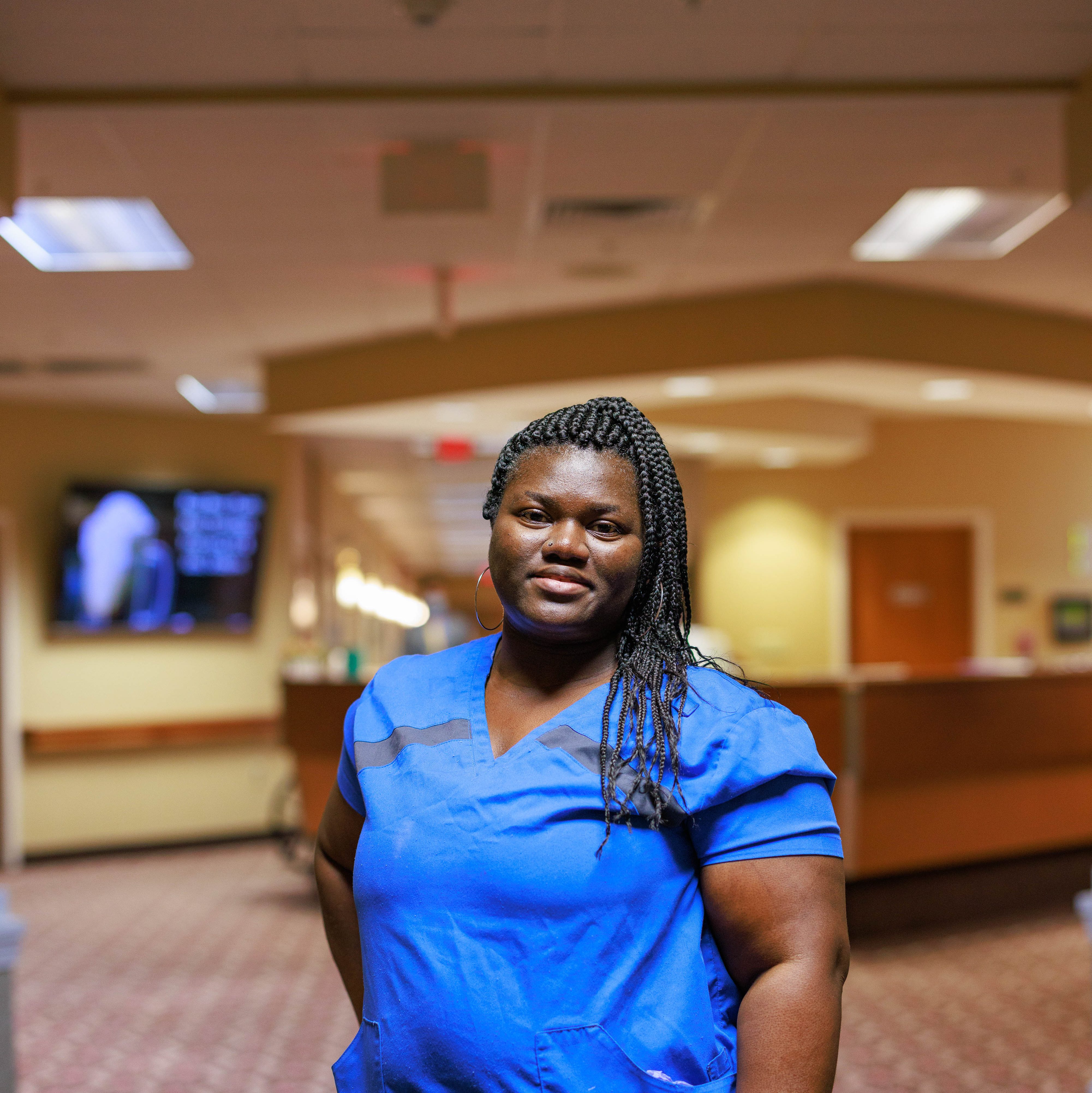
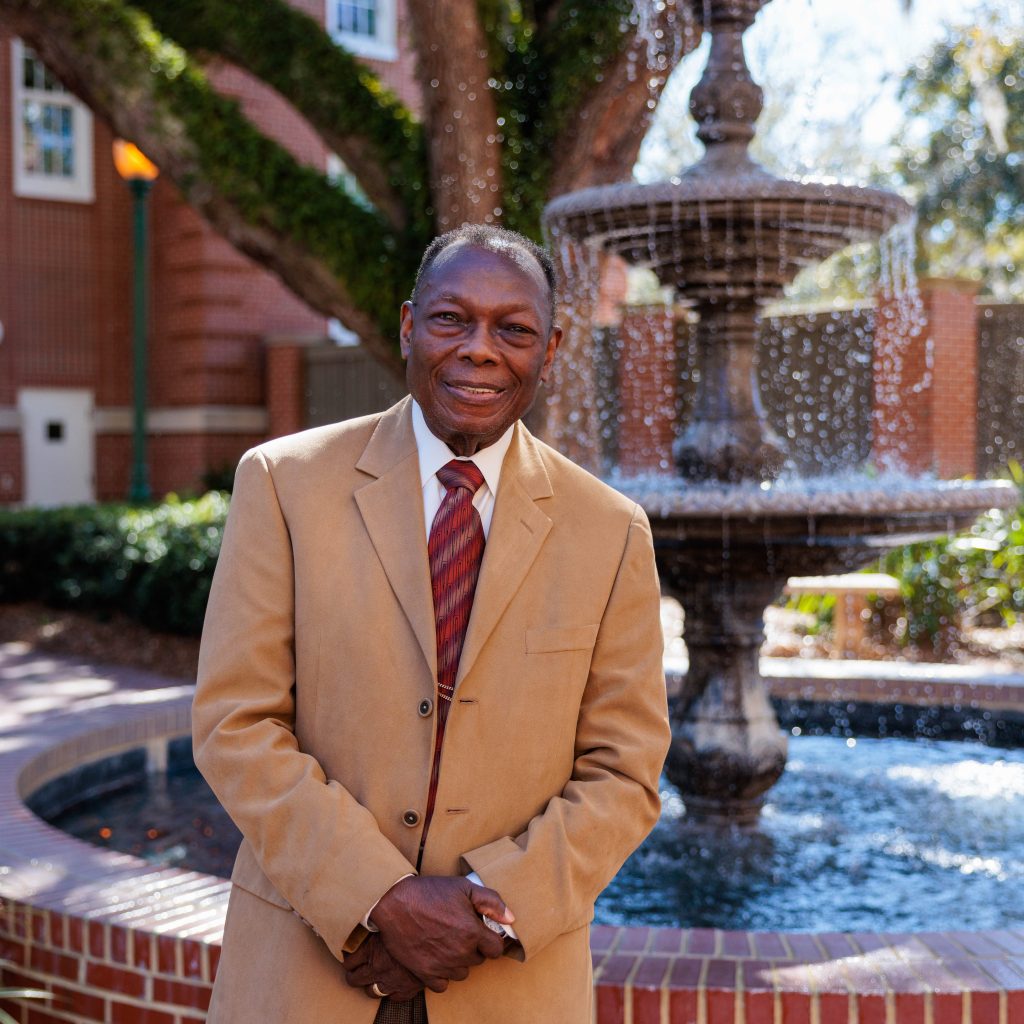

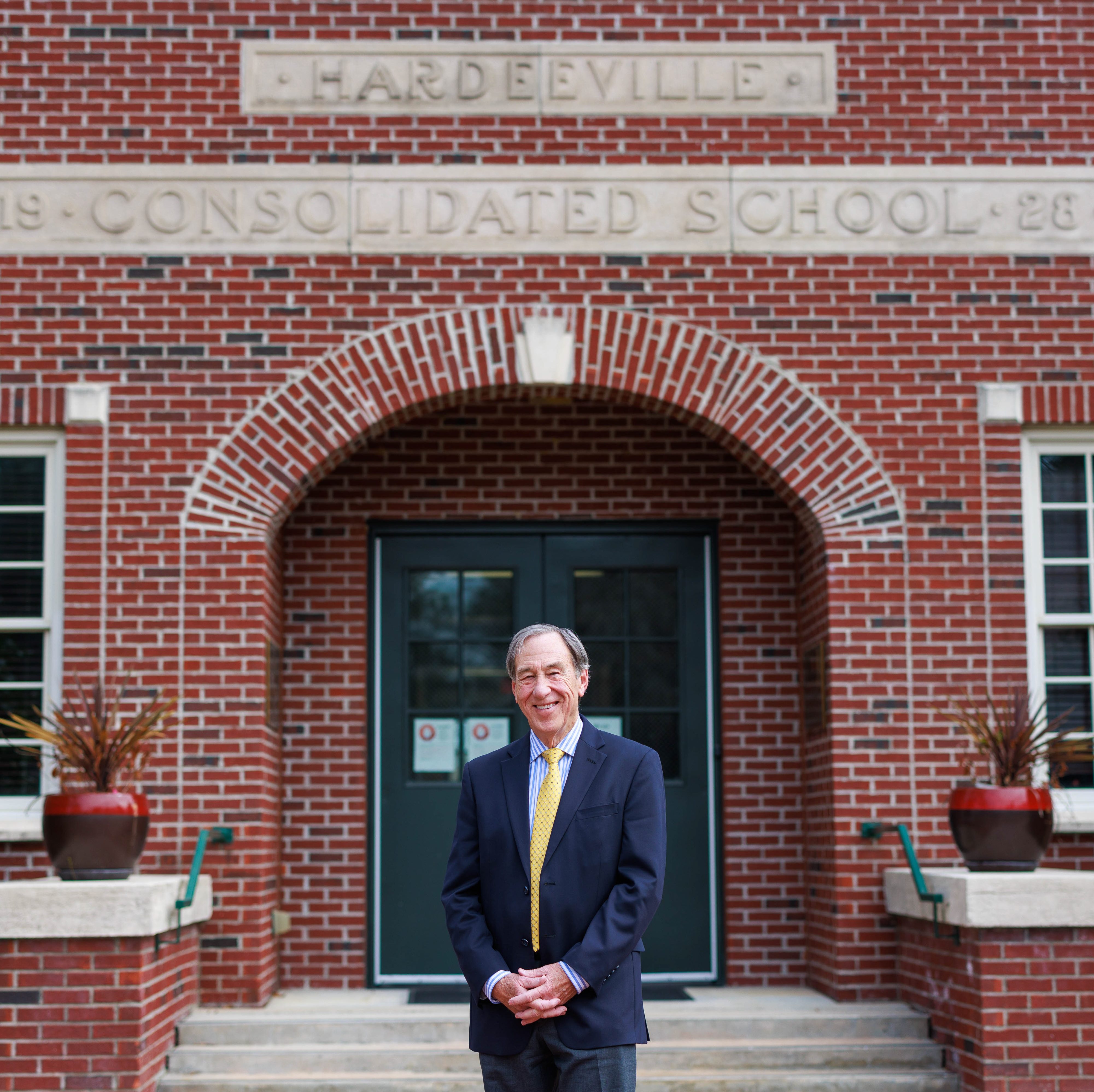
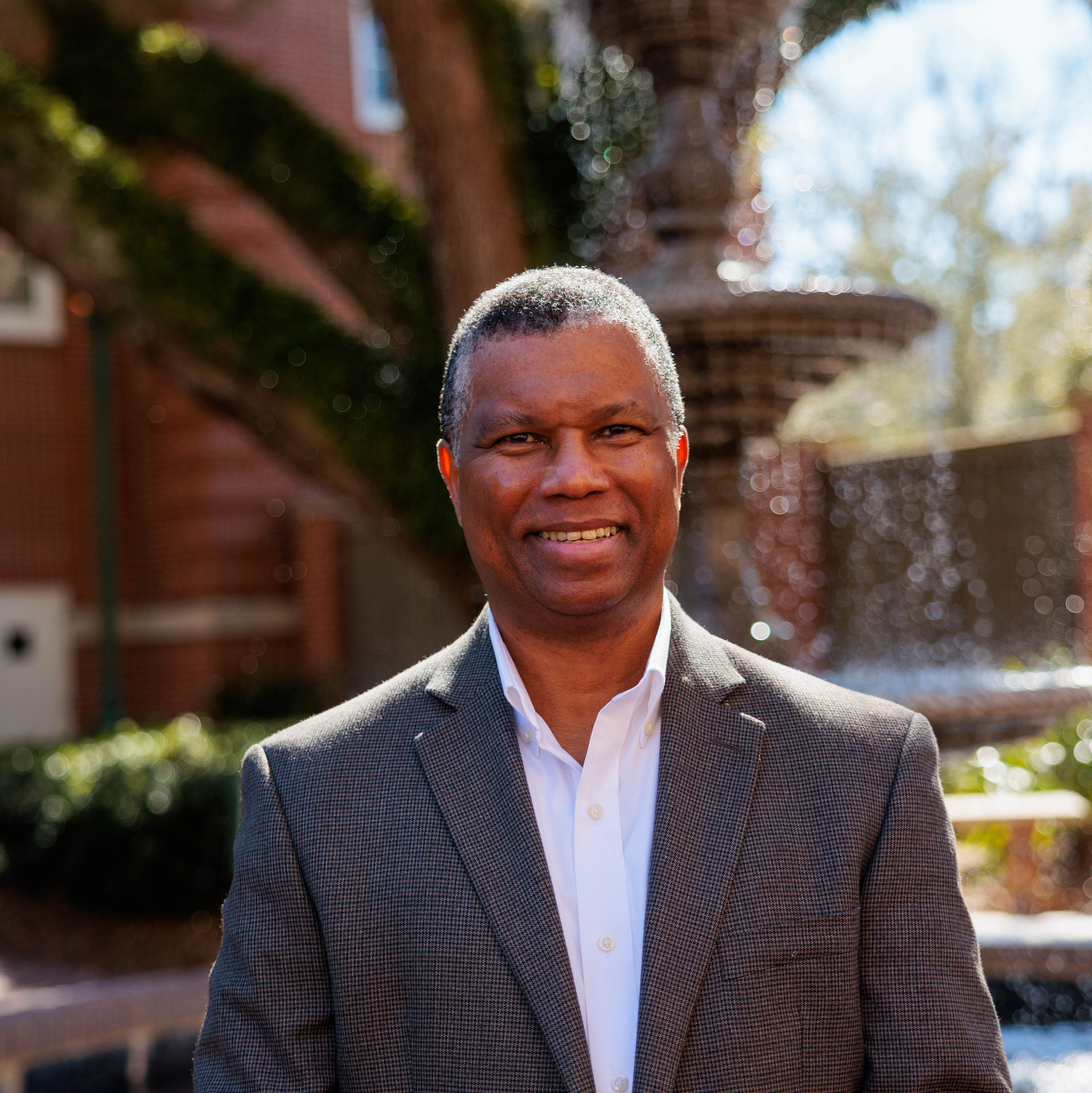
Footnotes
- U.S. Census Bureau; American Community Survey 5-Year Estimates 2016-2020, Table B02001. Population by Race.
- U.S. Census Bureau; American Community Survey 5-Year Estimates 2016-2020, Table B19013. Median Household Income in the Past 12 Months (In 2020 Inflation-Adjusted Dollars).
- U.S. Census Bureau, Small Area Income and Poverty Estimates, 2020, Percent of People of All Ages in Poverty for Jasper County.
- U.S. Census Bureau, Nonemployer Statistics by Legal Form of Organization and Receipts Size Class for the U.S., States, and Selected Geographies: 2019. Jasper County.
Acknowledgements
We wish to thank Google.org and Walmart Foundation for their generous support. The findings, interpretations, and conclusions in this report are those of the authors and do not necessarily reflect positions or policies of donors. Brookings recognizes that the value it provides is in its absolute commitment to quality, independence, and impact. Activities supported by its donors reflect this commitment.
The following people contributed significantly to the development of this case study: Samantha Elizondo, Yeaye Stemn, and Coura Fall. The authors thank the Jasper County community for its generous support of this project, and wish to acknowledge Antioch Education Center, the Jasper County Council, the County Administrator’s Office, and Mayor Harry Williams. We would like to thank Dave Cooper for his photography featured in this case study.
About the Brookings Institution
The Brookings Institution is a nonprofit organization devoted to independent research and policy solutions. Its mission is to conduct high-quality, independent research and, based on that research, to provide innovative, practical recommendations for policymakers and the public. The conclusions and recommendations of any Brookings publication are solely those of its author(s) and do not reflect the views of the Institution, its management, or its other scholars.

